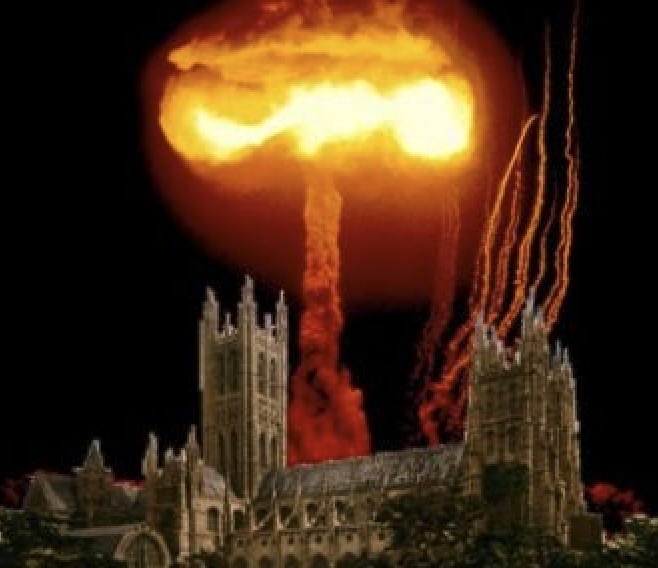While it isn’t conventional grammar, there are times when people use “New York Times” as descriptive phrase, rather than as a noun. Here’s a common example: “He is a New York Times Republican.” A variation would be, “He is a New York Times conservative columnist.”
From time to time, I have also received emails from readers pointing me toward a story with a description that reads something like this: “There are New York Times stories and there are New York Times stories, but this is a perfect NEW YORK TIMES story.” In other words, this particular story is a symbolic example of the worldview commonly found in America’s most influential newsroom.
If you follow social media, you know that quite a few people had that kind of reaction to a feature that ran the other day with this eye-grabbing double-decker headline:
A Taste for Cannibalism?
A spate of recent stomach-churning books, TV shows and films suggests we’ve never looked so delicious — to one another
As veteran GetReligionista Clemente Lisi put it, via email: “This story wouldn't pass what we at the NY Post used to call the ‘Cheerios test.’ That is, people don't want to read about this as they have breakfast, especially on a Sunday!”
As that headline suggests, this is one of those oh-so New York Times trend pieces about the sophisticated cultural tastes of sophisticated people living in sophisticated zip codes. The only question, with this kind of topic, is whether it appears first in the Times or on National Public Radio. Here is the overture:
An image came to Chelsea G. Summers: a boyfriend, accidentally on purpose hit by a car, some quick work with a corkscrew and his liver served Tuscan style, on toast.
That figment of her twisted imagination is what prompted Ms. Summers to write her novel, “A Certain Hunger,” about a restaurant critic with a taste for (male) human flesh.
Turns out, cannibalism has a time and a place. In the pages of some recent stomach-churning books, and on television and film screens, Ms. Summers and others suggest that that time is now.
The contents of this feature — think issues of omission, as well as commission — led me to a logical question, at least one that would be logical here at GetReligion: What does this influential cultural trend have to do with religion?
Very little, and that surprised me, since cannibalism and religion are often served on the same platter in certain cultures.










